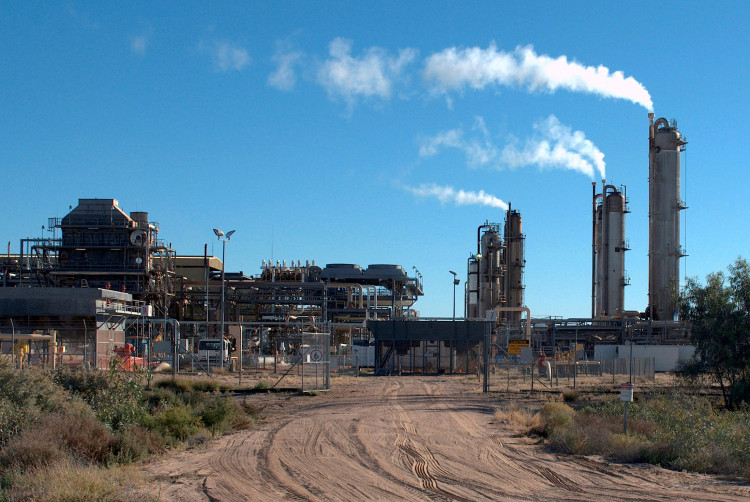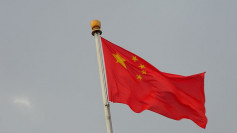Shipping operators are expecting a steady profit as the demand for natural gas grows in the Asian market. Because of the high demand of the liquefied natural gas in Asia's transportation and industries, the demand for liquid natural gas carrier ships is also expected to increase soon as a raft of United States natural gas projects starts to operate these coming years.
It is expected that the new gas projects will boost the number of global fleet tankers of seagoing liquid natural gas tankers by as much as a third as shipping operators encounter sharp swings in the oil markets.
The estimated cost of a vessel that can transport liquefied natural gas is about $175 million each which is several times costlier than other ship types. However, shipping operators believe that the vehicles could be the most profitable trade in shipping since the 1960s when the transport of crude oil was the most successful maritime business.
In years, the liquefied natural gas transport business is just a small fraction of the operations of the global tanker market. However, the rapid increase in demand for natural gas as the world looks for alternatives for cleaner sources of power to replace the use of oil and coal promises better profit. The output for natural gas in the United States increased because of the improved hydraulic fracturing technology which made drilling for shale oil and gas more cost-effective.
George Prokopiou, a shipowner and the chairman of Dynagas LNG Partners LP, said that they are moving into an era where fossil fuels will be reduced in the energy mix, and liquefied natural gas will be used extensively in the transitional period where more clean forms of energy can be developed. He added that the shipment of liquefied natural gas can't be ignored when you are in the shipping business. Dynagas owns five icebreaking liquefied natural gas carriers that have long term contracts to transport gas from the Yamal project in the Russian Arctic. Mr. Prokopiou operates more not less than 100 ships that include crude oil supertankers and dry bulk carriers owned by different companies.
The biggest shipowners in the world said that they are willing to spend billions more in the coming years on liquefied natural gas carriers to meet the increasing demand of the Asian market. The demand for liquefied natural gas is driven by Japan, China, India, and Southeast Asia.






